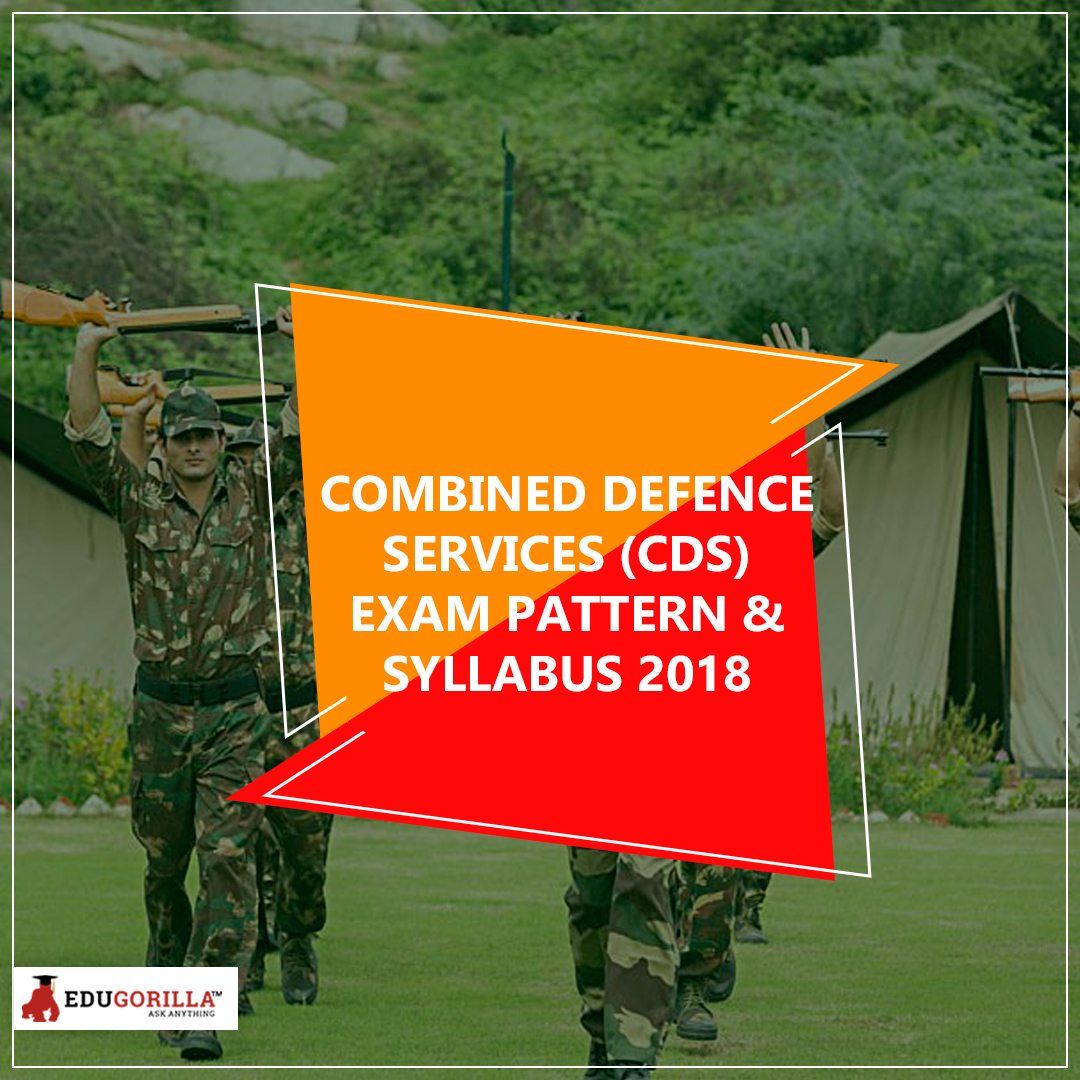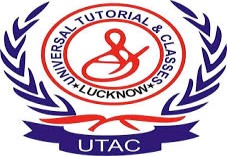The “Combined Defence Services” (CDS) Examination is conducted twice a year by the Union Public Service Commission for recruitment into the Indian Military Academy, Officers Training Academy, Indian Naval Academy and Indian Air Force Academy. UPSC conducts the CDS exam twice a year annually. The exam pattern remains the same for CDS (I) exam as well as CDS (II) exam.
The Combined Defence Services (CDS) examination have the following stages:
| Type of questions | Language of Question Paper | Duration | Marks | |
| Stage I: Written Exam | Objective Type Only | English/Hindi | 2 hours each paper | 100 for each paper |
| Stage II: Intelligence test & Interview by SSB | — | — | — | 300/ 200 |
Written Exam
The scheme of the CDS written exam (subject combination) is slightly different for admission to various academies:
| Indian Military Academy | Naval Academy | Air Force Academy | Officers Training Academy | |
| Subjects | English | English | English | English |
| General Knowledge | General Knowledge | General Knowledge | General Knowledge | |
| Elementary Mathematics | Elementary Mathematics | Elementary Mathematics | — |
The total marks for CDS written exam for Indian Military Academy, Naval Academy & Air Force Academy will be 300 marks.
The total marks for CDS written exam for Officers’ Training Academy will be 200 marks.
The standard of the paper in Elementary Mathematics will be of class 10 level. The standard of papers in other subjects will approximately be such as may be expected of a graduate of an Indian University. The question papers for General Knowledge (GK) and Elementary Mathematics will be set in both Hindi and English.
Detailed Syllabus for Combined Defence Services (CDS) Written Examination
1. ENGLISH (CODE No. 01)
The question paper is designed to test the candidates’ understanding of English and usage of words.
2. General Knowledge (Code No. 02)
General Knowledge includes knowledge of current events, history of India and Geography.
3. Elementary Mathematics (Code No. 03)
Syllabus in Detail
Arithmetic
Number System-Natural numbers, Integers, Rational and Real numbers. Fundamental operations-addition, subtraction, multiplication, division, square roots, decimal fractions etc.
Unitary method- time and distance, time and work, percentages, applications to simple and compound interest, profit and loss, ratio and proportion, variation etc.
Elementary Number Theory – Division algorithm. Prime and composite numbers. Tests of divisibility by 2,3,4,5,9 and 11. Multiples and factors. Factorization Theorem. H.C.F. and L.C.M. Euclidean algorithm, Logarithms to base 10, laws of logarithms, use of logarithmic tables.
Algebra
Basic Operations, simple factors, Remainder Theorem, H.C.F., L.C.M. Theory of polynomials, solutions of quadratic equations, the relation between its roots and coefficients (Only real roots to be considered). Simultaneous linear equations in two unknowns-analytical and graphical solutions. Simultaneous linear equations in two variables and their solutions. Practical problems leading to two simultaneous linear equations or inequations in two variables or quadratic equations in one variable & their solutions. Set language and set notation, rational expressions and conditional identities, Laws of indices.
Trigonometry
Sine x, cosine x, Tangent x when 0 </= x </= 90 Values of sin x, cos x and tan x, for x = 0, 30 , 45 , 60 and 90 Simple trigonometric identities. Use of trigonometric tables. Simple cases of heights and distances.
Geometry
Lines and angles, Plane and plane figures, Theorems on (i) Properties of angles at a point (ii) Parallel lines, (iii) Sides and angles of a triangle, (iv) Congruency of triangles, (v) Similar triangles, (vi) Concurrence of medians and altitudes,
(vii) Properties of angles, sides, and diagonals of a parallelogram, rectangle and square (viii) Circles and its properties including tangents and normals, (ix) Loci.
Mensuration
Areas of squares, rectangles, parallelograms, triangle, and circle. Areas of figures which can be split up into these figures (Field Book), Surface area and volume of cuboids, lateral surface and volume of right circular cones and cylinders, surface area and volume of spheres.
Statistics
Collection and tabulation of statistical data, Graphical representation frequency polygons, histograms, bar charts, pie charts etc. Measures of central tendency.
You Might Want To Read:
Ugc Net Telugu Mock Test Paper 8, Delhi University B A Honours 2Nd Year Mock Test Paper 1, Notes, Chennai Metropolitan Development Authority Cmda Practice Paper, Karnataka Public Service Commission Sociology Mock Test Paper 5, Ericsson Mock Test, Nitrogen Containing Compound, Junior Assistant Question Paper 2016, City Pulse Institute Of Film Television Gandhinagar, Ugc Net Museology Question Paper 1 2014










Like what you read? Give author a thumbs up?
Bookmark this article to read later, drop a remark in comment section and share with your friends..